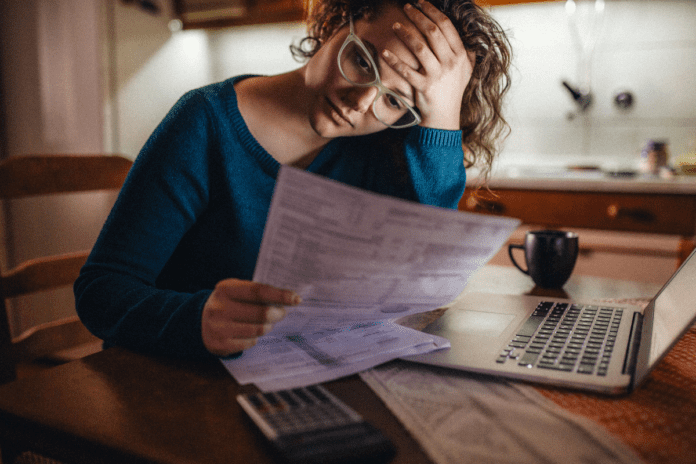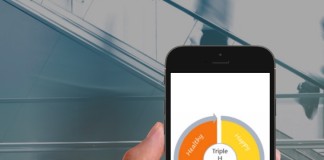By Mark Lovett
Facing financial strain in Orlando can feel overwhelming. But sometimes, the strongest step forward is to Press The Restart Button. Bankruptcy provides a legal way to handle unmanageable debt. It may seem like a daunting decision, but understanding the process can lighten your load. Central Florida residents have options tailored to personal situations, including Chapter 7 and Chapter 13. Knowing the differences helps you make informed choices that align with your needs. Bankruptcy stops collection calls, halts foreclosures, and ends wage garnishments, giving you breathing room. It’s not an end. It’s a new beginning with clear guidelines to follow. This process offers relief and a chance to rebuild your financial future. Seeing bankruptcy as a tool rather than a failure helps shift your perspective. You are not alone. Professional guidance is available to navigate this journey. Learn how to emerge stronger and more financially secure.
Understanding Bankruptcy Options
In Orlando, you have two primary bankruptcy options: Chapter 7 and Chapter 13. Each serves different needs, so understanding these options is crucial. Chapter 7, known as liquidation bankruptcy, involves selling assets to pay off debts. On the other hand, Chapter 13, or reorganization bankruptcy, allows you to keep assets while paying off debt over time. Knowing which option fits your situation can provide clarity and direction.
Key Differences Between Chapter 7 and Chapter 13
| FEATURE | CHAPTER 7 | CHAPTER 13 |
| Asset Retention | May require selling non-exempt assets | Allows keeping all assets |
| Debt Discharge Time | Typically 3-6 months | 3-5 years repayment plan |
| Eligibility | Means test required | Stable income necessary |
Eligibility Requirements
Eligibility plays a significant role in determining which bankruptcy type suits you. For Chapter 7, you must pass a means test, which compares your income to the state median. If your income is too high, Chapter 7 may not be an option. Chapter 13 requires a stable income to manage the repayment plan. Understanding these requirements helps you see which path is possible for you.
Filing Process
Filing for bankruptcy involves several steps. First, attend credit counseling from an approved agency. This step is mandatory and should be completed within 180 days before filing. Then, file a petition with the court and submit forms that list debts, income, and assets. After filing, attend a meeting with creditors. This meeting allows creditors to ask questions about your finances.
Finally, complete a debtor education course. This step is essential to discharge your debts. All these steps may seem extensive, but they are structured to support your journey toward financial recovery. Refer to the official U.S. Courts Bankruptcy Basics for more detailed guidance.
Benefits of Bankruptcy
Bankruptcy can offer several benefits, providing a chance for a new start. It can eliminate most unsecured debts, such as credit card balances and medical bills. Filing for bankruptcy also stops creditor harassment, giving you peace of mind. Moreover, if you’re facing foreclosure, bankruptcy can halt the process and allow you to keep your home. These benefits highlight bankruptcy’s potential as a positive step towards financial health.
Considerations and Consequences
Bankruptcy does have consequences. It affects your credit score, making it harder to get loans immediately after filing. The bankruptcy record stays on your credit report for up to 10 years for Chapter 7 and up to 7 years for Chapter 13. However, many find that the ability to rebuild outweighs these drawbacks. Careful planning and financial management post-bankruptcy can help you recover effectively.
Seeking Professional Guidance
Navigating bankruptcy can be complex, but you do not have to do it alone. Legal professionals specializing in bankruptcy can offer guidance tailored to your situation. They can help you understand the process, protect your assets, and develop a plan for recovery. Seeking professional advice ensures that you make informed decisions and follow the best path for your financial future.
Conclusion
Bankruptcy may seem intimidating, but it’s a powerful tool for financial recovery. By understanding your options and seeking professional guidance, you can navigate this process with confidence and clarity. Remember, bankruptcy is not an end. It’s a fresh start, offering the chance to rebuild and regain control over your financial life. Taking this step can lead to newfound stability and peace.
About the Author: Mark is a tenured writer for NewsWatch, focusing on technology and emerging trends. Mark gives readers insight into how tomorrow’s innovations will transform our relationship with technology in everyday life.








